A new paradigm for treatment
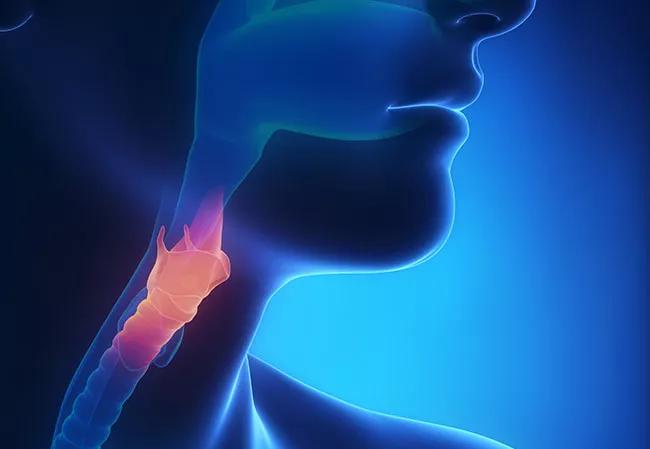
By Paul Bryson, MD, and Rebecca Nelson, MD
Cleveland Clinic is a non-profit academic medical center. Advertising on our site helps support our mission. We do not endorse non-Cleveland Clinic products or services. Policy
Vocal tremor is thought to be phonologic manifestation of a common global neurologic disorder—essential tremor—and laryngeal involvement can occur in up to 30 percent of affected patients.1 Multiple treatment modalities exist, including systemic medial therapy, voice therapy, vocal fold augmentation or laryngeal botulinum toxin (LBTX). Overall, the treatment decision tree is complex and has roles for speech pathologists, neurologists and laryngologists alike. Despite these options, vocal tremor remains a challenging disorder to treat, so improvements in outcomes are sought by both patients and providers. Our study focused on optimizing LBTX therapy.
Vocal tremor is not limited to the intrinsic muscles of the larynx; it can also involve extrinsic laryngeal musculature. Though these muscles interplay in complex ways to move the larynx, the movement patterns can be broken down into two subtypes: horizontal and vertical vocal tremor. Horizontal vocal tremor describes movement predominantly in the horizontal plane and is mediated by the thyroarytenoid and lateral cricoarytenoid muscles. Vertical tremor describes vertical plane oscillation, which is mediated by extrinsic laryngeal muscles, including strap muscles. Though horizontal tremor is the most common, patients may exhibit one or both of these subtypes.
Treatment paradigms had targeted LBTX therapy based on subtype of tremor, namely thyroarytenoid muscle injections for horizontal tremor and strap muscle injections for vertical tremor, but there was little published on the outcomes of such strategies. Our study aimed to measure outcome differences when different sites of injection were chosen.
A retrospective review was performed of all patients with vocal tremor who had received LBTX in the past 5 years.2 Patients underwent trans-cricothyroid injections of the thyroarytenoid muscles using EMG guidance; some underwent concurrent injection of their strap musculature if they demonstrate additional vertical tremor on laryngoscopy and during palpation of the thyroid cartilage during sustained phonation. The strap muscles were injected, specifically targeting the sternohyoid and thyrohyoid muscles.
Outcomes were measured by asking patients to identify perceived benefit from each injection. They were asked if they received any benefit from their injection on a binary yes/no scale and also asked to provide a peak subjective improvement score on a scale of 0-100 percent (0 being no benefit and 100 being complete resolution). Additionally, baseline scores for the Voice Handicap Index-10 (VHI-10) and Consensus Auditory Perceptual Evaluation of Voice (CAPE-V) were obtained prior to any injection and again at the time of each injection. Since the effects of BTX are not immediate, to determine benefit from a single injection, VHI-10 and CAPE-V scores were obtained and follow up was done with subsequent injections. To provide our patients a steady state of benefit, these events were timed to occur as peak benefits from BTX were beginning to wane.
Our study included 21 patients with a primary diagnosis of vocal tremor who had received LBTX. All patients were female, and 71 percent of participants had been previously trialed on medical therapy for their tremor. Fourteen patients (67%) had documented vertical and horizontal tremor and two patients (9.5%) had horizontal tremor only. Five patients (24%) did not have documentation to support tremor type differentiation.
These 21 patients had a total of 49 injections. Twenty-four injections were of both thyroarytenoid and strap muscles (TA+S); these were only performed on patients who demonstrated horizontal and vertical tremor components. Twenty-five injections were of TA muscles only; these were performed on patients with horizontal-only, horizontal and vertical, and also unspecified type tremor. The mean dose of BTX injected into each TA muscle was 1.2 units (0.5-2.5); the mean dose injected into each strap muscle was 2.3 units (2-3).
Overall, 48 of 49 injections patients reported subjective benefits. Of patients with both horizontal and vertical components to their tremor (33 injections), patients who received TA+S injections showed significant improvement in their subjective scores compared to those who received TA injections alone. This difference was both clinically and statistically significant (TA: 35%, TA+S: 74%, p<0.005). There was an overall improvement in VHI-10 scores and overall CAPE-V scores. Further breakdown can be seen in the Table. There was minimal difference in dysphagia rates based on location of injection (TA: 16%, TA+S: 16.6%).
In conclusion, LBTX can be an effective therapy for vocal tremor with an overall benefit rate of 98 percent and an average subjective score improvement of 70 percent per injection. Characterization of horizontal and vertical components can help maximize these outcomes when used to target therapy.

Dr. Bryson, MD, is the Director of the Cleveland Clinic Voice Center Head, Section of Laryngology in the Head & Neck Institute. Dr. Nelson is a fellow in the Head & Neck Institute.
References
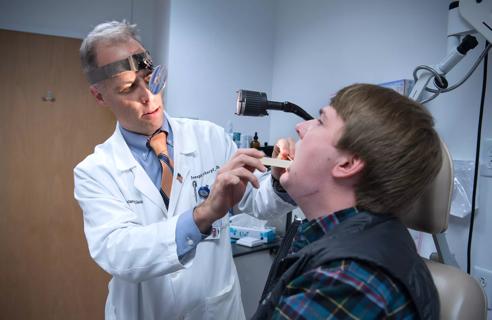
Strong communication with the patient and a thorough approach are essential
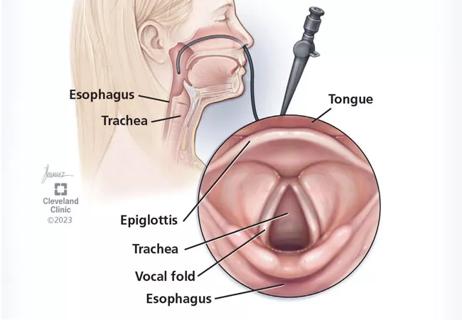
Cleveland Clinic physicians weigh in

New research adds to understanding of an understudied link
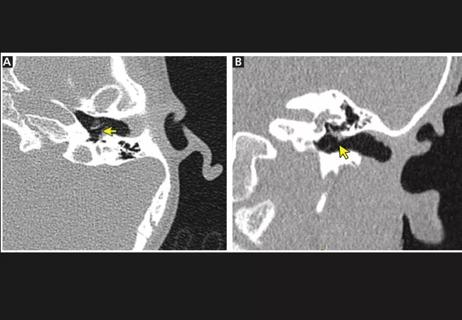
The rare condition can cause structural damage if untreated
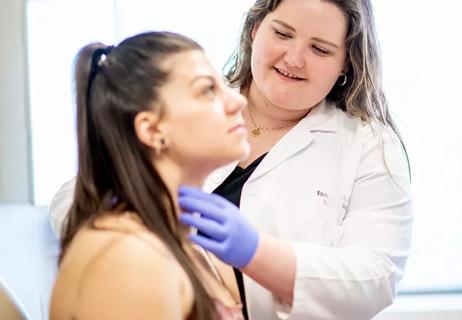
A recently published case series highlights the broad range of laryngeal findings that can present among individuals with EDS

Newly published research shows how the surgical technique is a game-changer for patients with ORN

First five-year prospective study provides valuable data to guide decision-making
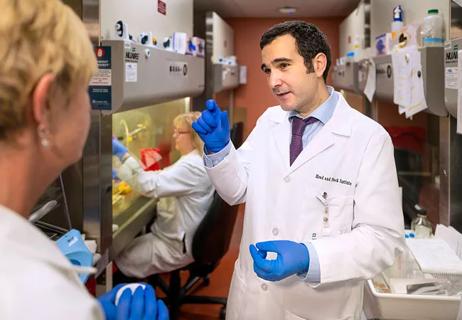
The Head & Neck Institute will make its initial footprint in the newly constructed BioRepository building